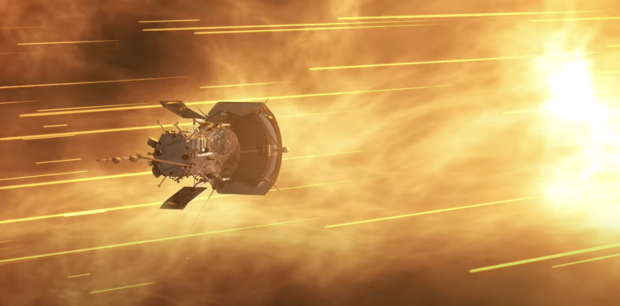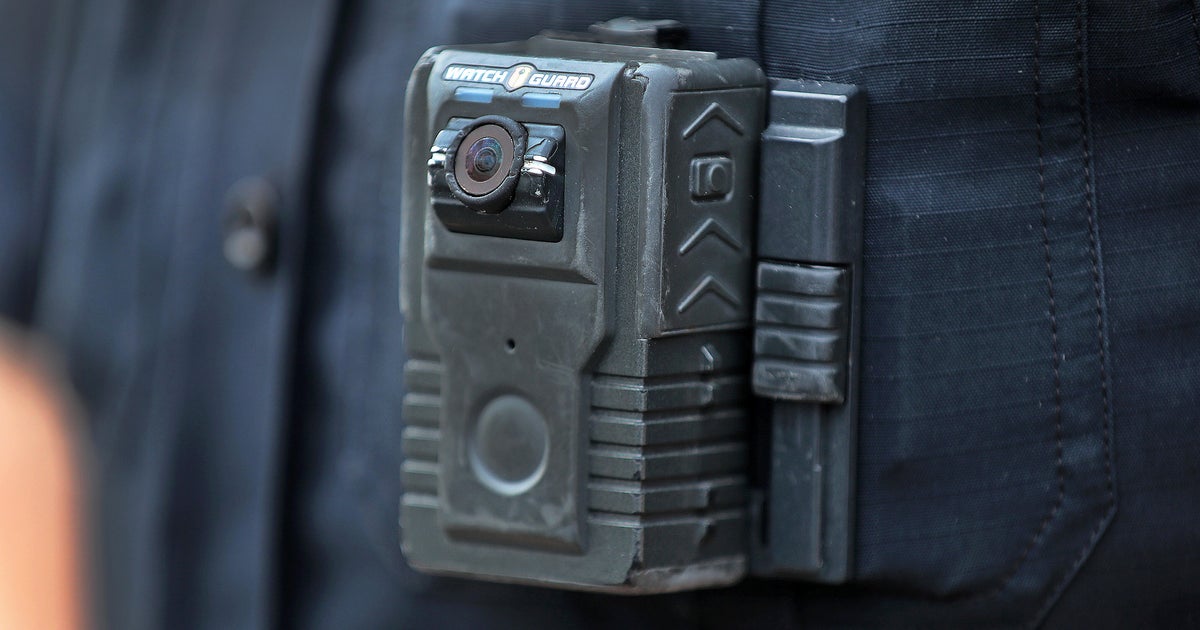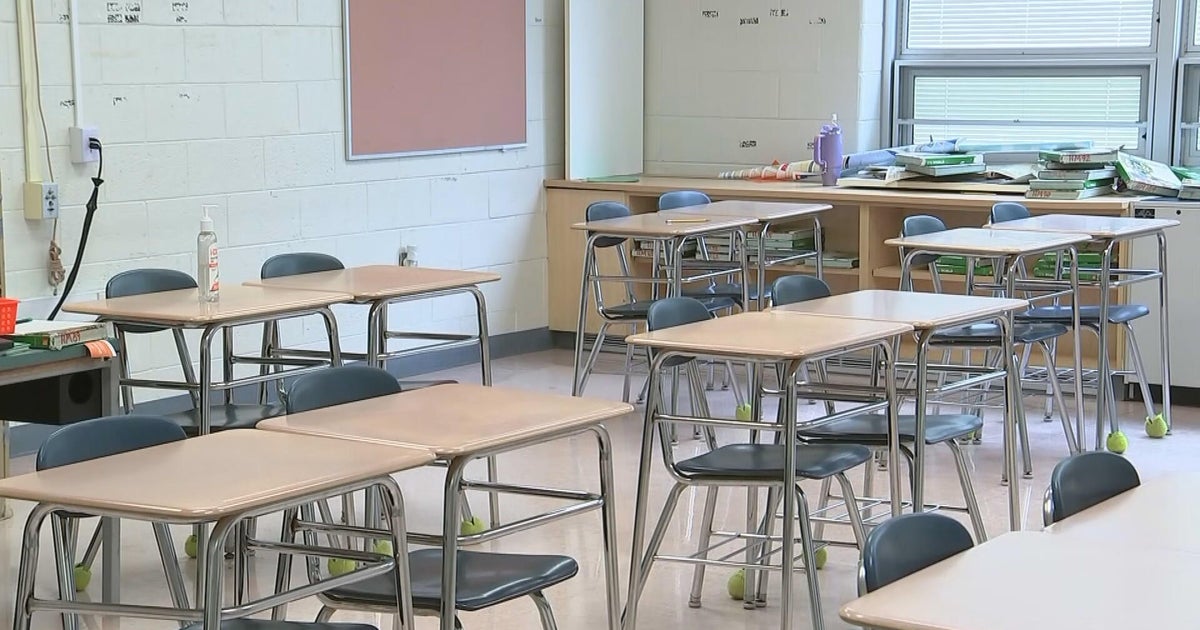Video shows NASA spacecraft flying through "one of the most powerful" sun explosions ever recorded
A NASA solar probe flew "gracefully" through a powerful eruption from the sun, helping scientists prove a decades-old theory, the agency announced this week. The fortified spacecraft not only survived the journey but it also captured video of the rare event.
The Parker Solar Probe flew through the coronal mass ejection on Sept. 5, 2022, NASA said in a news release. Video taken by cameras on the probe show it rushing through the eruption.
NASA said the probe survived its flight "through one of the most powerful coronal mass ejections (CMEs) ever recorded – not only an impressive feat of engineering, but a huge boon for the scientific community."
Coronal mass ejections are eruptions of plasma and in the sun's outer atmosphere. They can cause space weather that can put satellites at risk and disrupt communications and navigation systems. Powerful CMEs can even knock out power grids on our planet, NASA said.
"Like a vacuum cleaner"
Scientists had long theorized that CMEs might interact with interplanetary dust, which is made of particles from asteroids, comets, and more, and carry it outward. The theory was first proposed in a 2003 paper. Guillermo Stenborg, an astrophysicist at the Johns Hopkins Applied Physics Laboratory (APL), and the lead author of a paper discussing what the Parker Solar Probe taught scientists, said that the probe showed that exact thing happening. It's difficult to observe the patterns of dust from a distance, so the probe provided a unique opportunity to study the phenomenon.
"These interactions between CMEs and dust were theorized two decades ago, but had not been observed until Parker Solar Probe viewed a CME act like a vacuum cleaner, clearing the dust out of its path," said Stenborg.
The CME that the probe observed "displaced the dust all the way out to about 6 million miles from the Sun," NASA said, though that dust was "almost immediately" replenished.
Learning more about how CMEs and space dust interact can help scientists better predict the speed at which CMEs could travel from the sun to Earth, and establish better forecasts for when they may arrive.
The Parker Solar Probe will continue its mission and travel through the sun's atmosphere. The probe, launched in 2018, travels closer to the sun's surface than any previous spacecraft.








